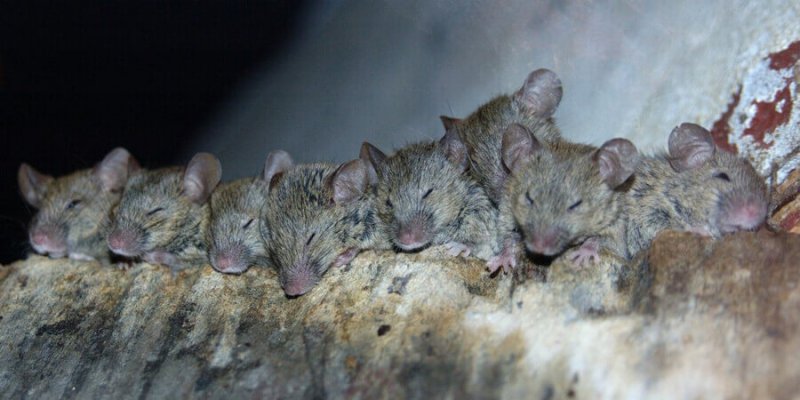Autism features vary considerably from one person to the next. One of the biggest challenges in autism research is to break down the autism spectrum into subtypes, each characterized by a distinct set of biological mechanisms that we can target with specific treatments.
…
Under the assumption that autism features reflect an alteration in brain activity, my team is trying to identify brain-circuit alterations that result from autism mutations.
We know that many brain circuits are evolutionarily conserved across rodents and people. So, our strategy is to map brain connectivity in mice that have different mutations linked to autism and then to treat each map as a piece of a large tiling puzzle.
…
In the past few years, we have mapped brain activity in mice lacking CNTNAP2 or SHANK3, two top candidate genes for autism. These animals show repetitive behaviors and are less responsive to certain social cues than typical mice are.
…
By combining and comparing these activity maps in a single database, we might be able to recreate the spectrum of brain connectivity changes in autism and identify autism subtypes characterized by common circuit alterations. Our approach offers a way to explain the clinical variability among people with autism.
Read full, original post: Brain scans of sleeping mice hint at subtypes of autism































